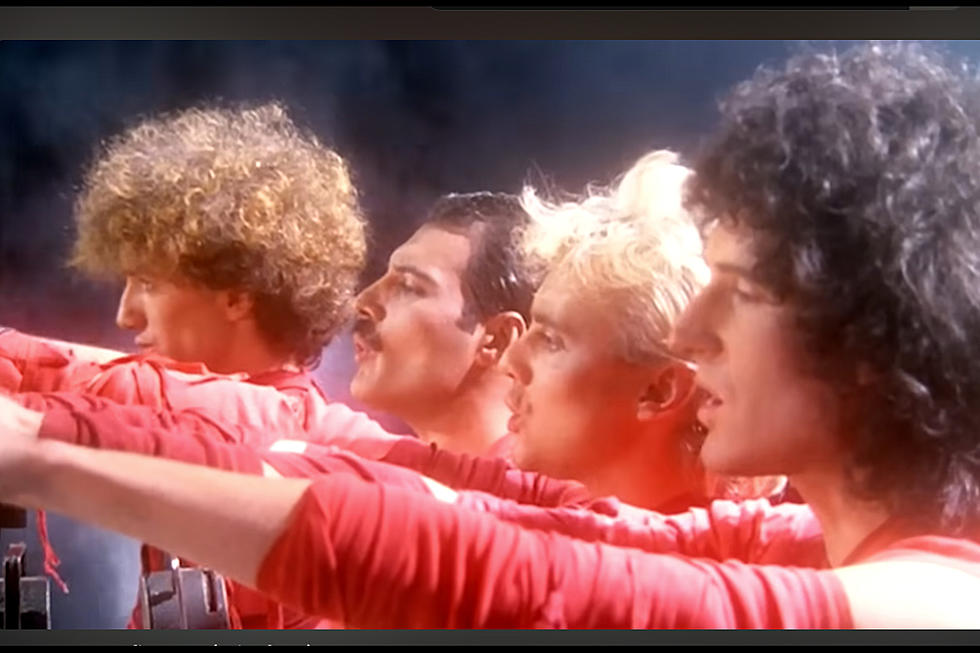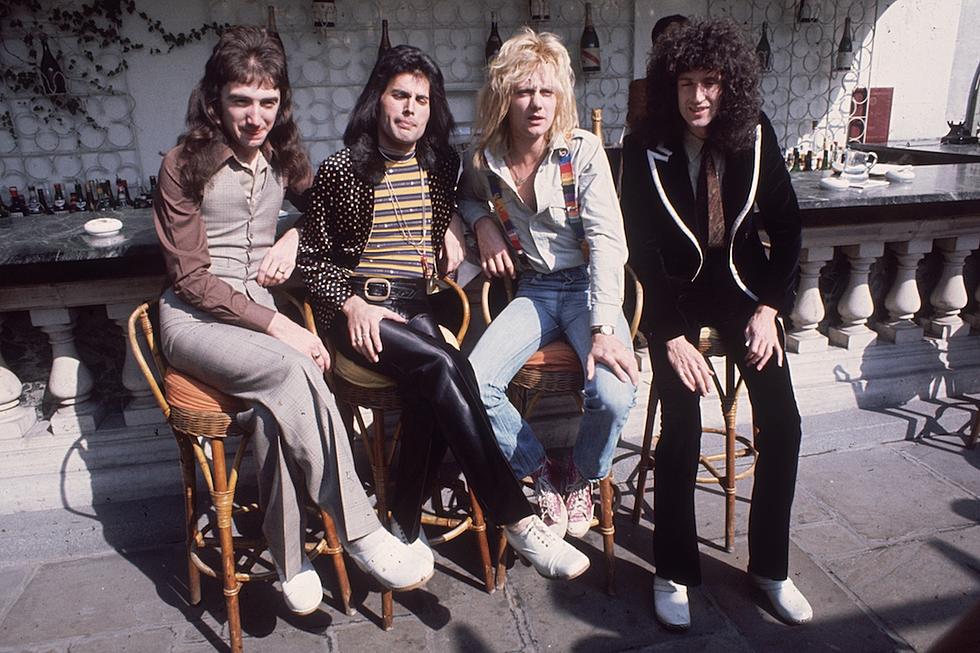
Why Queen Reached a Turning Point With ‘The Game’
Queen were bona fide British rock royalty after consistently redefining the rules of rock 'n' roll imagination and extravagance in the '70s. So they likely had no idea they were about to face the greatest turning point in their career with the unveiling of the band's eight studio album, The Game, on June 30, 1980.
The devil, as always, was in the details — or rather the album’s credits, which contained a word never before seen on any prior Queen album: synthesizers.
At least not in the affirmative, but rather as a proud statement that their incredibly complex and often groundbreaking instrumental creations — every dense choral arrangement, guitar symphony, and assorted special effect — had been achieved without the deployment of a single synthetic instrument: just guitar, piano, bass, drums and voices.
The Game was about to change all that, and who could blame Queen members Freddie Mercury, Brian May, John Deacon and Roger Taylor from finally relenting and partaking of these new opportunities to expand their sonic palette?
Watch Queen's Video for "Crazy Little Thing Called Love'
Especially since they did so quite sparingly, to be fair, via the synths that swoop over and under, in and out of Mercury’s opening “Play the Game,” the keys stabbing away at Taylor’s “Rock It (Prime Jive),” and the futuristic sound effects decorating eventual crossover R&B hit, “Another One Bites the Dust.”
Excepting the above and for the most part, Queen’s familiarly inventive antics were still very much in play on the slow-strutting hard rock of “Dragon Attack,” the infectious power pop of “Need Your Loving Tonight” and “Coming Soon,” the lounge-rock with a message of “Don't Try Suicide,” and the almost trademarked, bombastic balladry of “Sail Away Sweet Sister” and “Save Me.”
There was nothing but analog instrumentation to be found on the album's first of two massive smash singles, beginning with the mostly acoustic, ‘50s rock rave up of “Crazy Little Thing Called Love.” The modern funk of “Another One Bites the Dust” caused some head scratching among old-school fans, while simultaneously introducing Queen to a previously untapped R&B market, going to No. 1 on both the Pop and R&B charts.
For all the perceived baggage surrounding synthesizers, The Game ultimately just gave Queen fans the sort of musical potpourri they were both accustomed to and expecting. So, it was really what came after that wound up changing the course of the group’s career forever after: Hot Space.
That follow up LP, released two years after The Game, found Mercury, May, Deacon and Taylor pushing their newfound interest in synths and dance music to confusing new heights. The project effectively killed their once platinum-selling career in the U.S. and, to a lesser extent, elsewhere.
By the time Queen strategically backtracked somewhat with 1984’s The Works, renewing their success across the globe, the damage had been done in the U.S. It can all be traced to the turning point they reached on The Game.
20 B-Sides That Became Big Hits
You Think You Know Queen?
More From Ultimate Classic Rock









